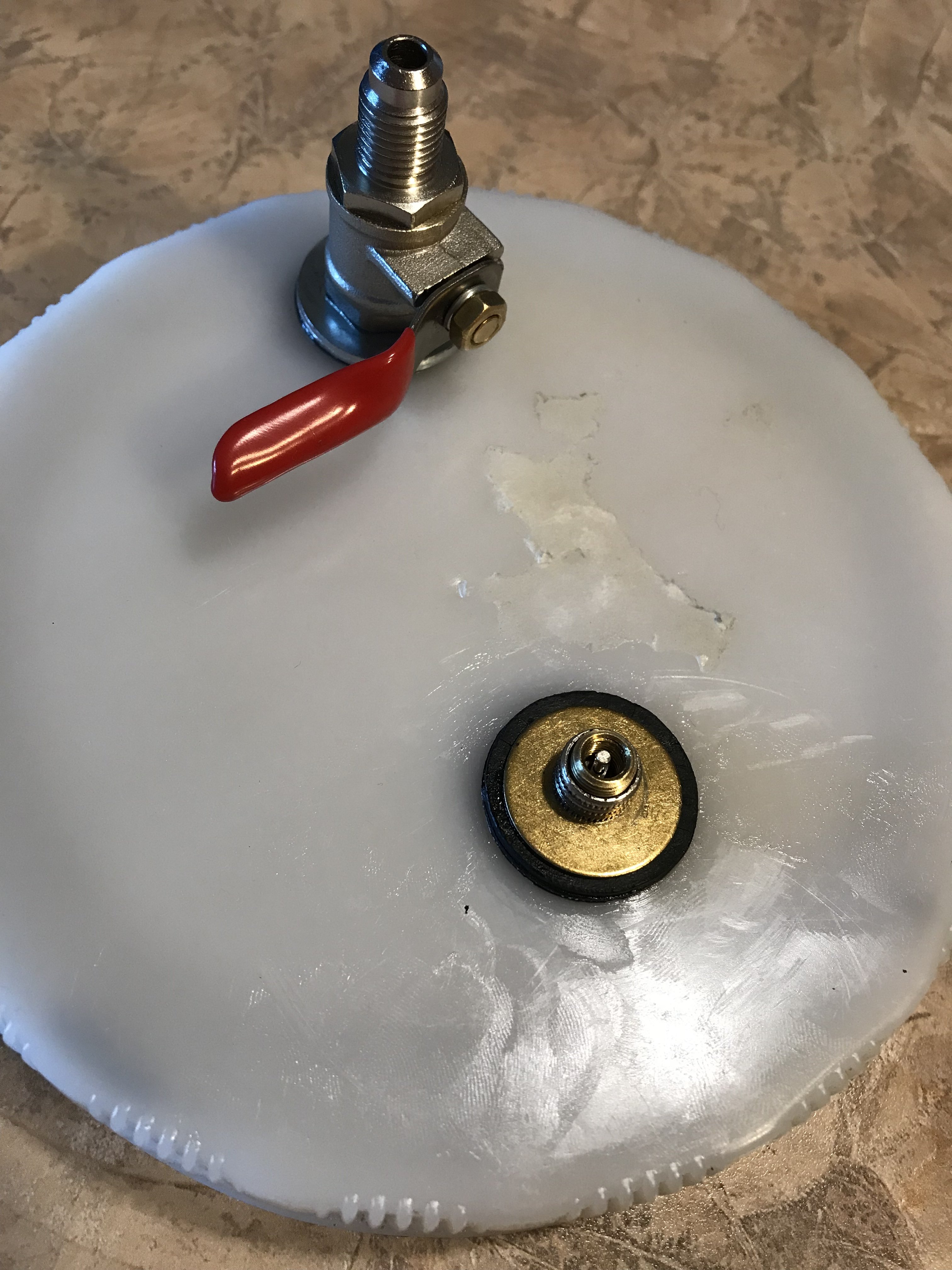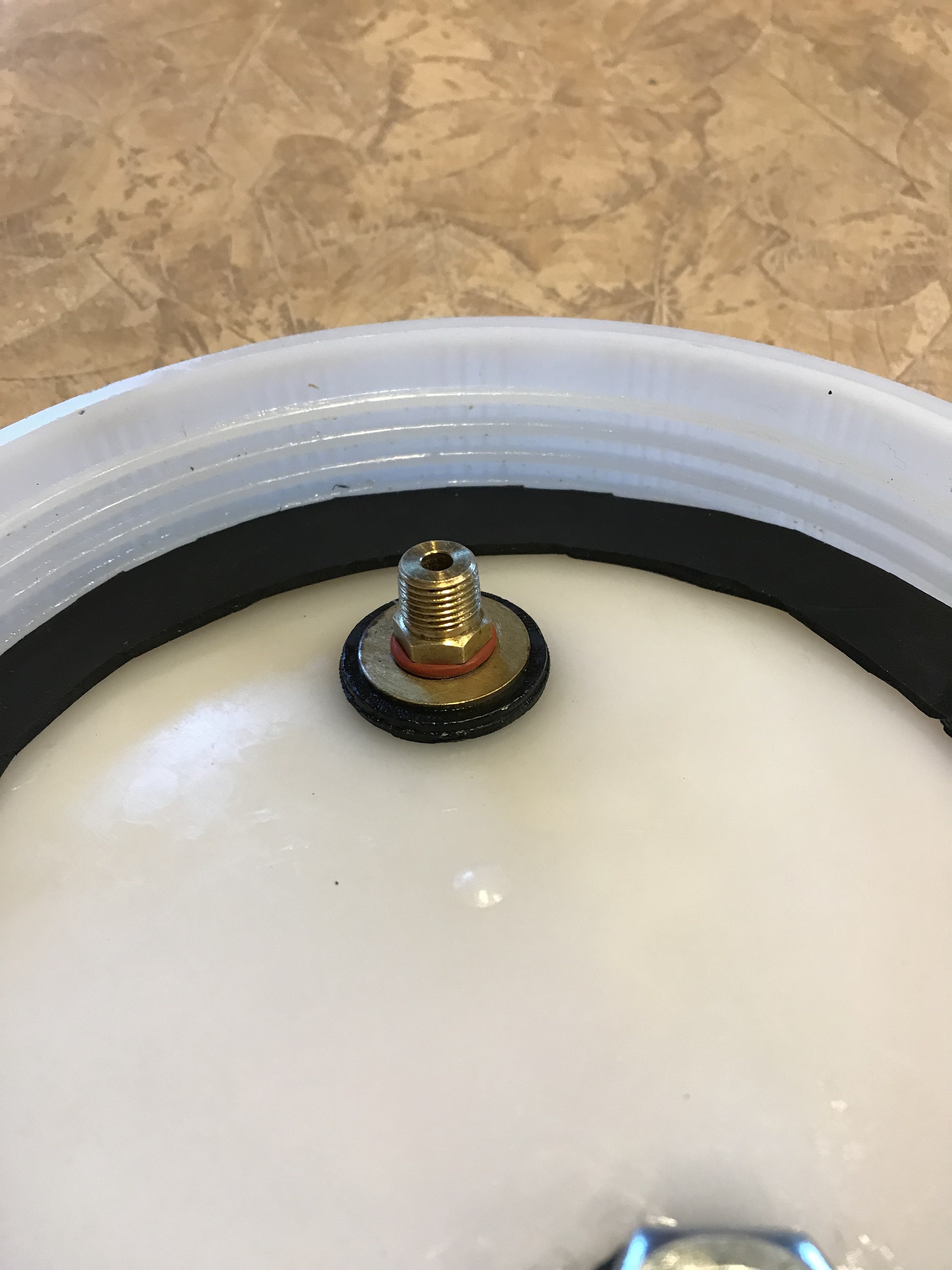nick sekerak
Well-Known Member
Hey all
I am currently on day 4 of fermentation for my latest DIPA. Right now the brew is 2/3’s complete, and I had a few questions on what order I need to do things to finish this beer properly.
I used WL001 for my yeast. I started off at 67and rose the temp to 68 yesterday when high krausen started coming down. Bumped to 69 today and I will raise it up to 71 over the next two days.Then hold for 5 days for a dice rest.
What puzzles me is when/what to do next and in the proper order. I still have to do the following: dry hoping and dump yeast, the cold crash.
How does everyone handle when they do these items? If you can give some specifics, like times and temps that work best for IPA’s. This is my first ipa with a temp controlled Fermentation chamber so I have a lot to learn. I am really trying to dial in my process.
I am currently on day 4 of fermentation for my latest DIPA. Right now the brew is 2/3’s complete, and I had a few questions on what order I need to do things to finish this beer properly.
I used WL001 for my yeast. I started off at 67and rose the temp to 68 yesterday when high krausen started coming down. Bumped to 69 today and I will raise it up to 71 over the next two days.Then hold for 5 days for a dice rest.
What puzzles me is when/what to do next and in the proper order. I still have to do the following: dry hoping and dump yeast, the cold crash.
How does everyone handle when they do these items? If you can give some specifics, like times and temps that work best for IPA’s. This is my first ipa with a temp controlled Fermentation chamber so I have a lot to learn. I am really trying to dial in my process.













































![Craft A Brew - Safale S-04 Dry Yeast - Fermentis - English Ale Dry Yeast - For English and American Ales and Hard Apple Ciders - Ingredients for Home Brewing - Beer Making Supplies - [1 Pack]](https://m.media-amazon.com/images/I/41fVGNh6JfL._SL500_.jpg)














